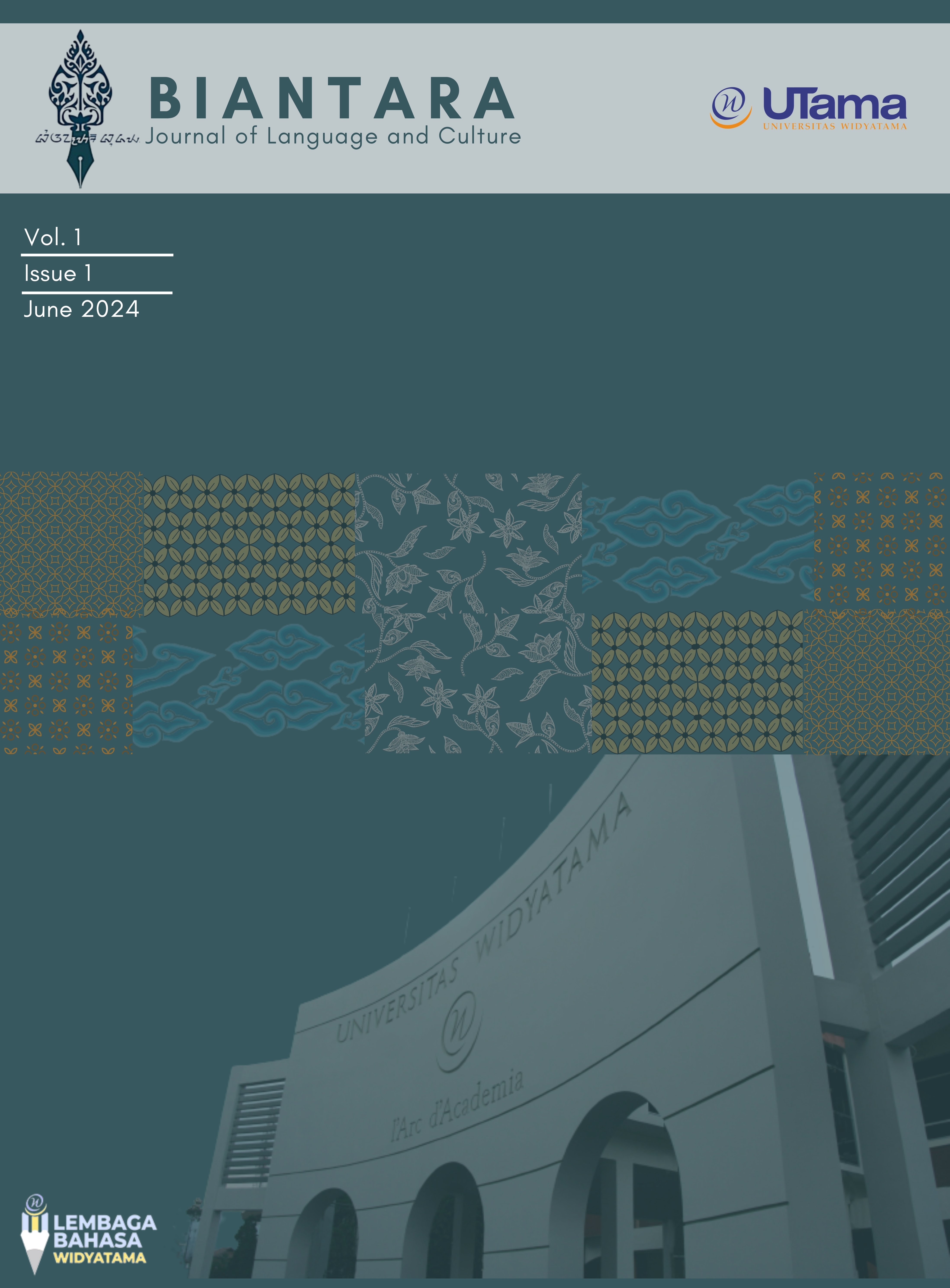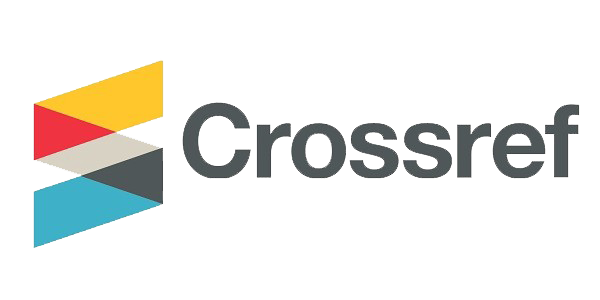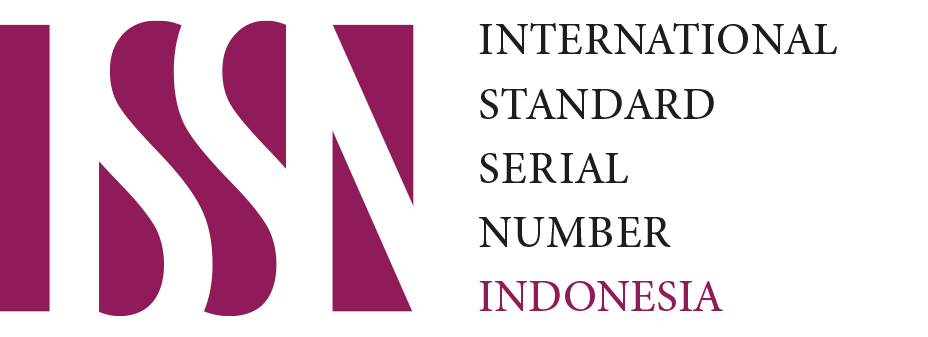THE INFLUENCE OF SOCIAL MEDIA AND DIGITAL ENVIRONMENTS ON COMMUNICATIONS STYLE OF SOUTH JAKARTA
Kata Kunci:
code mixing, communication style, digital environment, language development, self-identityAbstrak
This study investigates the impact of social media and digital surroundings on teenagers communication styles in South Jakarta, with a special emphasis on the phenomena of code mixing. Code mixing, which combines Bahasa Indonesia with English, has become a popular linguistic trend among South Jakarta young. This descriptive study uses literature studies, social media analysis, and other relevant sources to investigate the variables driving this trend, which include widespread usage of social media, supportive social contexts, and the pursuit of self-identity and acknowledgment. The findings show that code mixing is both a linguistic tool and cultural identifier, improving teens language abilities and confidence while also offering issues such as potential misinterpretation and impact on the national language. The study suggest that this communication style mirrors broader sociolinguistic dynamics in Indonesia, emphasizing the dual nature of its implications both a means of promoting linguistic development and as a potential threat to successful communication and linguistic unity. Additional research is needed to determine the long term consequences of code mixing on language use and cultural identification among Indonesian youngsters.
Referensi
Auer, P., & Eastman, C. M. (2010). Code-switching. In Society and language use (pp. 84-112). John Benjamins Publishing Company.
Akhtar, H., Khan, A., & Fareed, M. (2016). Code-mixing and code-switching in EFL/ESL context: A sociolinguistic approach. Balochistan Journal of Linguistics, 4(1), 29-42.
Almelhi, A. M. (2020). Understanding code-switching from a sociolinguistic perspective: A meta-analysis. International Journal of language and linguistics, 8(1), 34-45.
Cheshire, J., & Gardner-Chloros, P. (1998). Code-switching and the sociolinguistic gender pattern.
Gardner-Chloros, P. (2009). Sociolinguistic factors in code-switching (pp. 97-113).
Gumperz, J. J. (1977). The sociolinguistic significance of conversational code-switching. RELC journal, 8(2), 1-34.
Harya, T. D. (2018). Sociolinguistics (code: code switching and code mixing). LENTERA: Jurnal Ilmiah Kependidikan, 11(1), 87-98.
Nilep, C. (2006). “Code switching” in sociocultural linguistics. Colorado research in linguistics.
Nguyen, T. (2014). Code Switching: A sociolinguistic perspective. Anchor Academic Publishing (aap_verlag).
Schendl, H. (2012). Multilingualism, code‐switching, and language contact in historical sociolinguistics. The handbook of historical sociolinguistics, 520-533.










